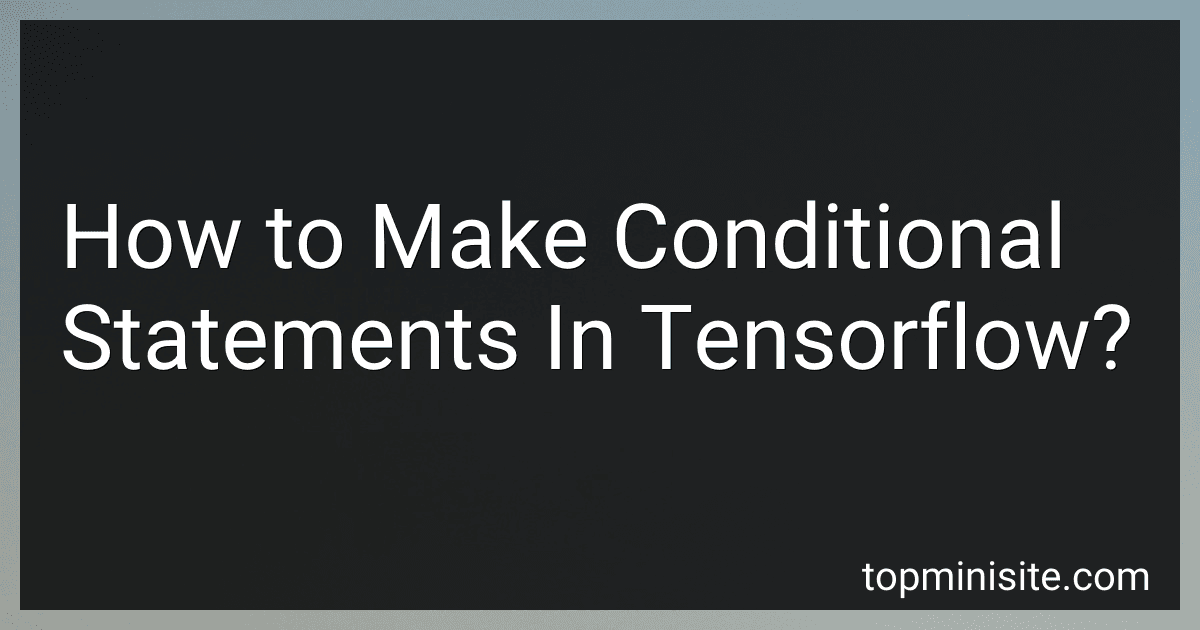Best TensorFlow Books to Buy in December 2025
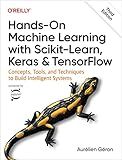
Hands-On Machine Learning with Scikit-Learn, Keras, and TensorFlow


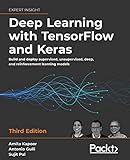
Deep Learning with TensorFlow and Keras: Build and deploy supervised, unsupervised, deep, and reinforcement learning models, 3rd Edition


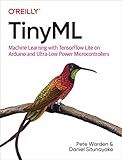
TinyML: Machine Learning with TensorFlow Lite on Arduino and Ultra-Low-Power Microcontrollers


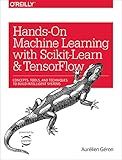
Hands-On Machine Learning with Scikit-Learn and TensorFlow: Concepts, Tools, and Techniques to Build Intelligent Systems


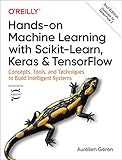
Hands-On Machine Learning with Scikit-Learn, Keras, and TensorFlow: Concepts, Tools, and Techniques to Build Intelligent Systems


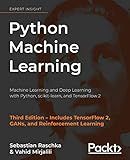
Python Machine Learning: Machine Learning and Deep Learning with Python, scikit-learn, and TensorFlow 2, 3rd Edition


In TensorFlow, conditional statements can be implemented using the tf.cond() function. This function takes three parameters - the condition, the function to execute if the condition is true, and the function to execute if the condition is false.
For example, if we want to create a conditional statement in TensorFlow that checks if a tensor is greater than 0, we can do the following:
import tensorflow as tf
x = tf.constant(5)
def true_fn(): return tf.constant("x is greater than 0")
def false_fn(): return tf.constant("x is less than or equal to 0")
result = tf.cond(tf.greater(x, 0), true_fn, false_fn)
print(result)
In this example, the tf.cond() function will check if the value of the tensor x is greater than 0. If it is true, it will execute the true_fn() function, which returns the message "x is greater than 0". If it is false, it will execute the false_fn() function, which returns the message "x is less than or equal to 0".
How to write if-then statements in TensorFlow?
To write if-then statements in TensorFlow, you can use the tf.cond() function. Here's an example of how to write a simple if-then statement in TensorFlow:
import tensorflow as tf
Define the condition
a = tf.constant(2) b = tf.constant(3) condition = tf.less(a, b)
Define the if-then statement
result = tf.cond(condition, lambda: a + b, lambda: a - b)
Run the TensorFlow session to evaluate the result
with tf.Session() as sess: output = sess.run(result) print(output)
In this example, the if-then statement checks if the value of 'a' is less than the value of 'b'. If the condition is true, it will return the sum of 'a' and 'b', otherwise it will return the difference of 'a' and 'b'.
What is the best practice for implementing if-else conditions in TensorFlow?
The best practice for implementing if-else conditions in TensorFlow is to use TensorFlow's built-in control flow operations, such as tf.cond. This allows for efficient execution of conditional operations without the need for Python control flow statements, which can limit the ability to optimize the computation graph.
Here is an example of how to implement if-else conditions using tf.cond in TensorFlow:
import tensorflow as tf
Define the condition
x = tf.constant(3) condition = tf.greater(x, 2)
Define the true and false operations
def true_fn(): return x + 1
def false_fn(): return x * 2
Implement the if-else condition using tf.cond
result = tf.cond(condition, true_fn, false_fn)
Run the TensorFlow session to get the result
with tf.Session() as sess: output = sess.run(result) print(output) # Output: 4
By using tf.cond, TensorFlow will handle the execution of the conditional operations efficiently within the computation graph, optimizing the performance of the code.
What is the advantage of using TensorFlow for conditional programming?
One advantage of using TensorFlow for conditional programming is its ability to create complex, hierarchical conditional statements using its computational graph structure. This allows for efficient execution of conditional operations, as well as easy visualization and debugging of complex conditional logic. TensorFlow also provides a wide range of pre-built conditional operations and functions, making it easier to implement conditional logic in neural network models. Additionally, TensorFlow's automatic differentiation capabilities can help optimize conditional operations and improve overall model performance.
How to incorporate decision-making logic in TensorFlow neural networks?
Decision-making logic can be incorporated into TensorFlow neural networks by utilizing the output layer of the neural network to make decisions based on the predicted output values. Some ways to incorporate decision-making logic in TensorFlow neural networks are:
- Using classification: If the neural network is performing a classification task, the predicted class output can be used to make decisions. For example, if the neural network is classifying images into different categories, the predicted class can be used to make decisions on which category the input image belongs to.
- Using thresholding: Thresholding can be used to make decisions based on the predicted output values. For example, if the predicted output value is above a certain threshold, a decision can be made to take a certain action, while if it is below the threshold, a different action can be taken.
- Using custom logic: Custom decision-making logic can be incorporated into the neural network by adding additional layers to the network or by modifying the loss function to optimize for a specific decision-making criteria.
- Using reinforcement learning: Reinforcement learning techniques can be used to incorporate decision-making logic into the neural network by training the network to maximize a reward signal based on the decisions it makes.
Overall, incorporating decision-making logic into TensorFlow neural networks involves designing the network architecture and loss function in a way that allows the network to make decisions based on the predicted output values.
How to handle missing values in conditional statements using TensorFlow?
Handling missing values in TensorFlow can be done using tf.where() function to create conditional statements. Here is an example of how you can handle missing values in conditional statements using TensorFlow:
import tensorflow as tf
Assuming x is a tensor with missing values represented as NaN
x = tf.constant([1.0, 2.0, float('nan'), 4.0])
Create a mask to identify missing values
mask = tf.math.is_nan(x)
Replace missing values with a default value (e.g., 0.0)
default_value = 0.0 x = tf.where(mask, tf.ones_like(x) * default_value, x)
Use conditional statement to handle missing values
result = tf.where(x > 0, tf.square(x), tf.zeros_like(x))
print(result.numpy())
In this example, we first create a mask to identify missing values in the tensor x using tf.math.is_nan(). We then use tf.where() to replace missing values with a default value (0.0 in this case). Finally, we apply a conditional statement to the tensor, squaring the values that are greater than 0 and keeping the missing values as zeros.
This approach allows you to handle missing values in conditional statements using TensorFlow efficiently.
How to troubleshoot errors in conditional statements in TensorFlow?
When troubleshooting errors in conditional statements in TensorFlow, you can follow these steps:
- Check the syntax of your conditional statements: Make sure that your conditional statements have the correct syntax. TensorFlow uses the same syntax for conditional statements as Python, so ensure that you are using the correct keywords (if, else, elif) and that your statements are properly indented.
- Check your variable types: Double-check the types of your variables in your conditional statements. TensorFlow is based on numerical computations, so make sure that you are using numerical data types (such as tensors or arrays) in your conditional statements.
- Print out the values of your variables: If you are unsure about the values of your variables in the conditional statements, you can print them out using the print function. This can help you identify any unexpected values that may be causing errors in your conditional statements.
- Debug your code: Use a debugger or print statements to track the flow of your conditional statements and identify where the error is occurring. By stepping through your code and checking the values of your variables at each step, you can pinpoint the source of the error.
- Use TensorFlow debugging tools: TensorFlow provides debugging tools such as tf.debugging that can help you identify and fix errors in your conditional statements. You can use these tools to check for common errors, such as NaN values or incorrect shapes of tensors.
By following these steps, you should be able to troubleshoot errors in your conditional statements in TensorFlow and ensure that your code runs smoothly.
